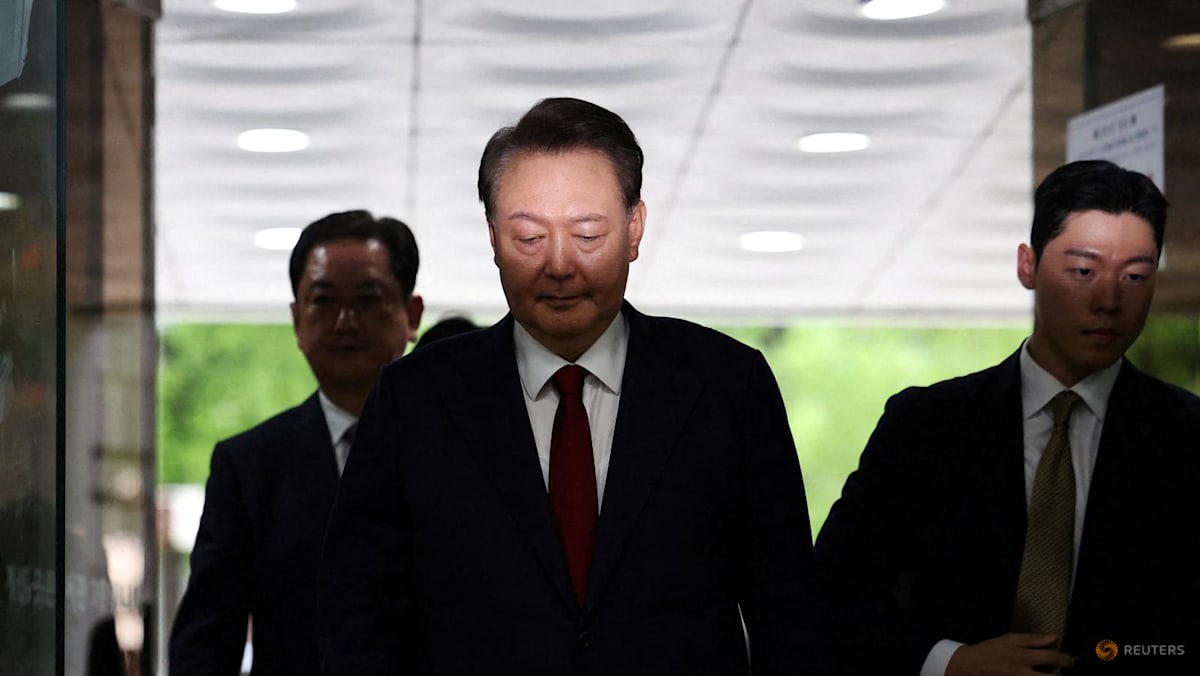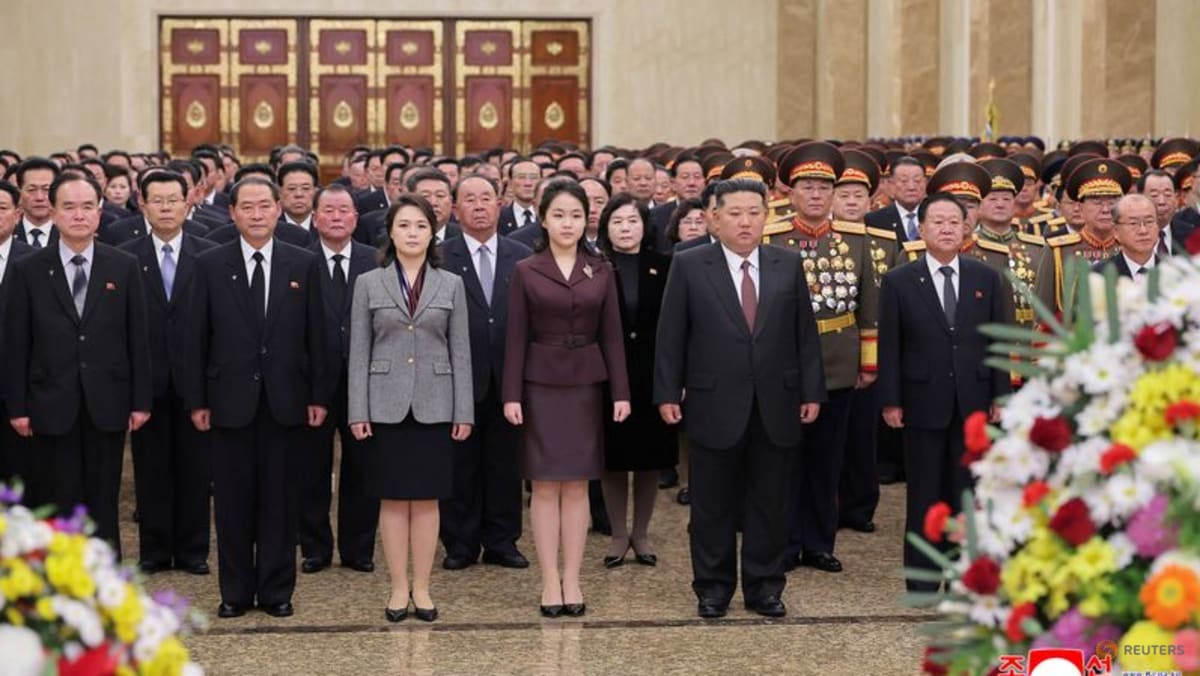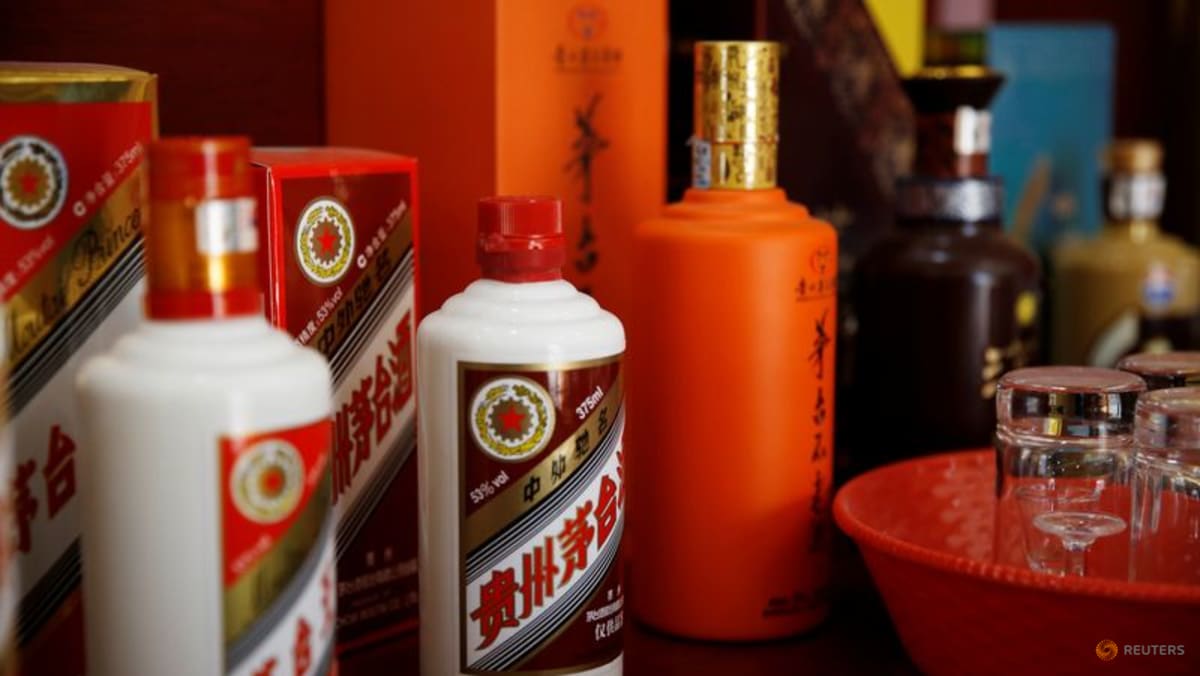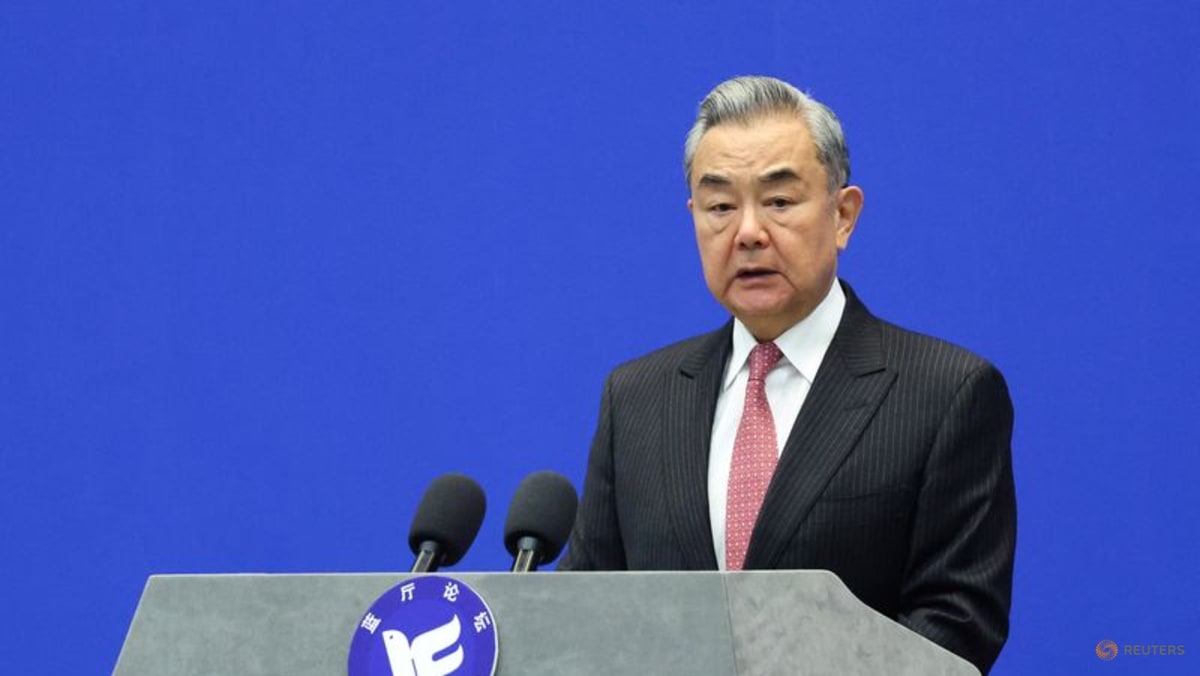China’s narrowing trade slump boosts recovery prospects, but challenges persist
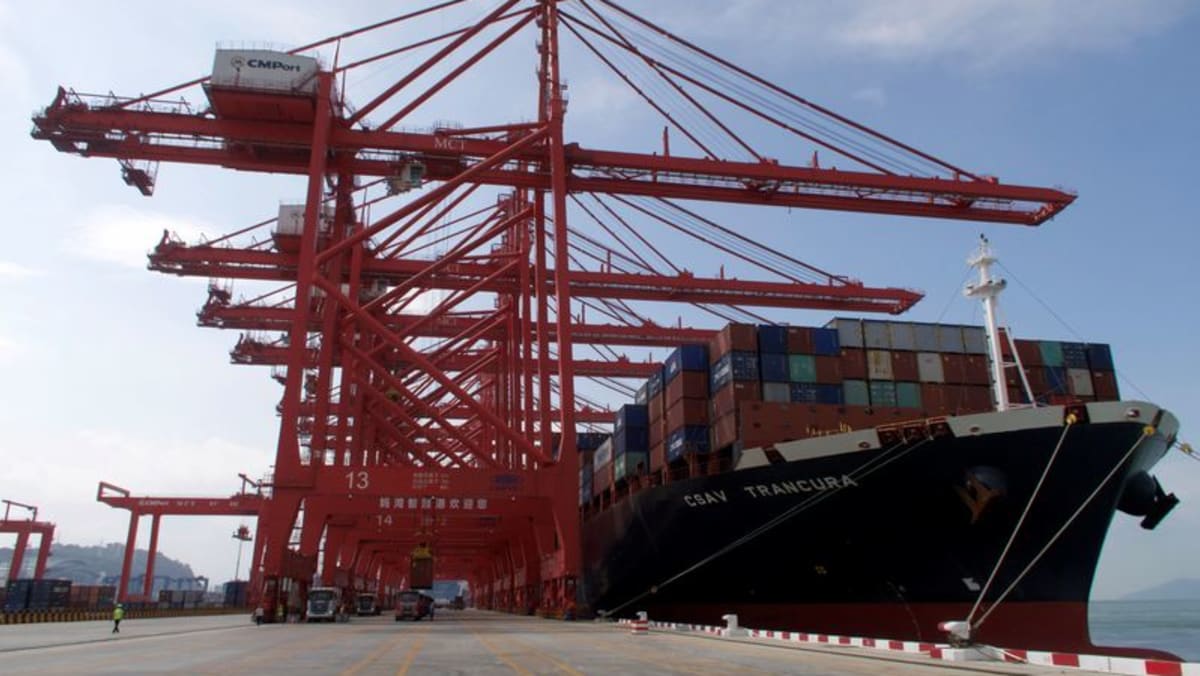
However, Lv Daliang, spokesperson of the General Administration of Customs, said at a press conference earlier on Friday that China’s trade still faces a complex and severe external environment.
China’s exports to the ASEAN nations, which have become the Asian giant’s largest trade partner amid rising tensions with the United States and Europe over trade, technology and geopolitics, contracted further in September from a month earlier.
Elsewhere, commodities data presented a mixed picture. China’s crude oil imports in September grew nearly 14 per cent from a year earlier, while copper imports fell 5.8 per cent year-on-year.
Overall, total merchandise imports fell at a slower pace, down 6.3 per cent, and reflected a gradual recovery in domestic demand. They missed the 6.0 per cent decline forecast in the poll, but came in better than a 7.3 per cent contraction in August.
That resulted in a broader trade surplus of US$77.71 billion in September, compared with a US$70 billion surplus expected in the poll and US$68.36 billion in August.
Stocks in China were largely tracking falls overseas with the blue-chip CSI300 Index dropping 1.1 per cent by the lunch break, as global markets fretted over stronger-than-expected US inflation data and concerns the Federal Reserve will keep rates higher for longer.
HEADWINDS TO RECOVERY
Overall, economists say it’s too early to make a call on how domestic demand will pan out in coming months as the crisis-hit property sector, uncertainties in employment and household income growth as well as weak confidence among some private firms pose risks to a durable economic rebound.
The US$18 trillion economy started losing steam from the second quarter after a brief post-COVID bounce, prompting policymakers to roll out several measures to shore up the recovery in the face of a sluggish housing market, high youth unemployment and mounting local debt repayment pressure.
China’s consumer prices faltered and factory-gate prices shrunk slightly faster than expected last month compared with a year earlier, inflation data released earlier on Friday showed, indicating that deflationary pressures persist in the economy.
Yet, authorities can take some comfort from recent data including upbeat factory activity and retail sales while the past Golden Week holiday travel edged up 4.1 per cent from pre-pandemic 2019 levels.
In order to help the economy meet the government’s annual growth target of around 5 per cent, China is considering issuing at least 1 trillion yuan (US$137.00 billion) of additional sovereign debt to fund infrastructure projects, as Beijing prepares to bring a new round of stimulus, Bloomberg News reported on Tuesday, citing people familiar with the matter.
Most analysts have been reiterating in recent months that policymakers will need to go further than introducing piecemeal measures in order to bolster the economic recovery.
“Whatever does emerge from Beijing over the coming months, it likely won’t be quick enough to make any meaningful difference to 2023,” said Robert Carnell, regional head of research Asia-Pacific at ING in a note.
“At best, it should be viewed as a pain management tool for the transition to a less leveraged economy.”
Source: CNA




